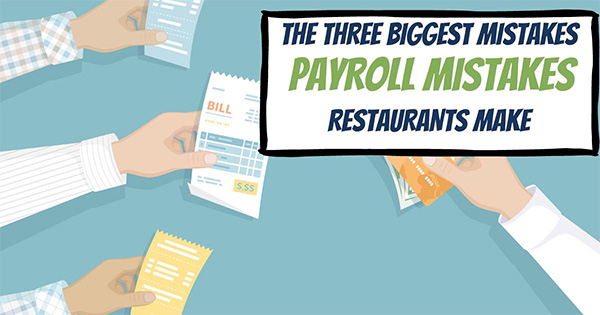The 3 Biggest Payroll Mistakes Restaurants Make
Join RunningRestaurants.com now and get instant access to:
- Download Library with special reports, forms, manuals and spreadsheets
- 100+ Articles & Special Reports spanning all areas of restaurant operations
- 80+ hours of audio & video sessions with top restaurant industry experts
- Interviews & Profiles with successful restaurant chefs and owners
- Member only discounts on a variety of products in the Store.
- Robust search feature to locate articles/resources quickly & easily
- Plus new content added weekly
- And much more!



